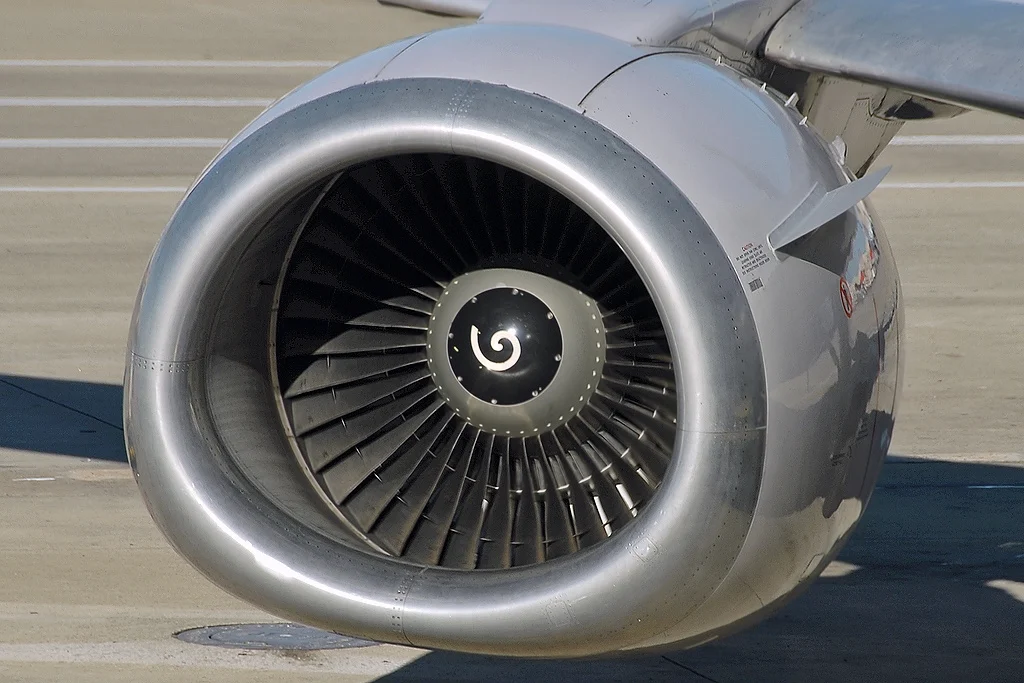Right then, let’s get one thing straight: I’m not saying it was aliens. But when you look at the engineering choices Boeing made with the 737’s engines, you have to wonder if they were consulting with someone from Area 51. Or maybe just a particularly clever, caffeine-addicted engineer with a penchant for puzzles. The question is simple: why those flat-bottomed engine nacelles?
Now, for those of you who’ve spent your lives blissfully unaware of the subtle curves and bulges of aircraft design, the 737’s engines aren’t just round, they’re… flattened. Sort of like a soufflé that didn’t quite rise to the occasion. The original 737, bless its heart, was designed back in the mid-1960s, when the only thing that mattered was getting you from A to B. Then along came the age of jet engine efficiency and Boeing had a problem. The existing engines were too small to generate enough power. The new engines, like the CFM56, were too big to fit.

“It was a real head-scratcher,” says Professor Icarus Thrustworthy, PhD, Hon. F.Ae.S, esteemed professor of Aerodynamic Anomalies at the Institute of Aviation Absurdities. “They could have redesigned the whole aircraft, but that would have been, you know, sensible. Instead, they went for the ‘make it fit’ approach, which is basically aviation’s version of duct tape and chewing gum.” Apparently, the 737’s original design, with its short landing gear, meant there wasn’t enough ground clearance for the new, larger engines. So, the engineers got creative. They flattened the bottom, pushed the engines forward, and voila! A perfectly… adequate solution.
The results of this engineering marvel? A distinct visual signature, a bit of extra drag, and a whole heap of aviation trivia for your next pub quiz. It’s also worth noting that the Airbus A320, being a younger model, had the foresight to be designed with the larger engines in mind, and so never needed to resort to this… aerodynamic compromise. As Dr. Altimeter Angle, Chief Technical Officer at the Association for Aviation Awesomeness, once quipped, “We at the A.A.A. consider the flat bottom engine a form of engineering art, though we are not certain the engineers knew they were designing art. However, the beauty of a flat bottom engine is that it is a constant reminder that if you want to move a lot of people, you have to think outside the box. Or, in this case, inside the flattened engine nacelle.”
So, the next time you see a 737 with its distinctly flattened undercarriage, remember the engineering ingenuity, the compromises made, and the fact that sometimes, the best solutions are the ones that barely fit. The 737 is still going strong after all these years. A testament, perhaps, to the power of duct tape, chewing gum, and a whole lot of caffeine.








